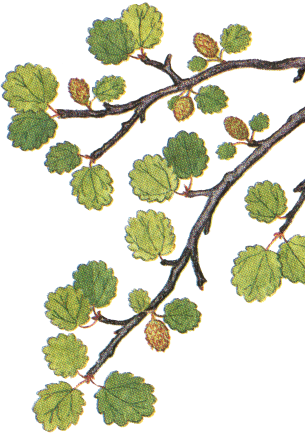
Qing-Feng Wang, Ph.D.
Institution and Research Interests
Prof. Qing-Feng Wang received his PhD degree from Wuhan University in 1996. He is now a full professor and Director-General of Wuhan Botanical Garden (WBG) of CAS, Director of Sino-Africa Joint Research Center (SAJOREC), and the president of the Botanical Society of Hubei Province. His major research interests include: phylogeny and biogeography of aquatic plants, plant diversity and evolution of East Africa and adjacent regions. Prof. Wang is the chief editor of Plant Science Journal and co-chief-editor of Flora of Kenya. He has authored more than 200 research papers in peer reviewed journals and 5 monographs in plant taxonomy.
Email: qfwang@wbgcas.cn

Abstract
Diversity and Evolution of Aquatic Plants
Qing-Feng Wang, Jin-Ming Chen, Ling-Yun Chen
Wuhan Botanical Garden,Chinese Academy of Sciences, Wuhan 430074, PR China
Chinese/Neotropical Botanical Diversity, An International Virtual Symposium
China/Ecuador
Wednesday August 17th, 2022
07:15-08:00 (Quito, Ecuador)
20:15-21:00 (Guangzhou, China)
Aquatic plants are often distinguished from terrestrial ones by people’s subjective judgment on the relationship between plants and water. Studies on fossils and phylogeny have shown that the «return» evolution of plants (changing their habitats from land to water) has started as early as the early stages of the angiosperm’s evolution, this process has occurred independently for at least 100 times for freshwater angiosperms.
After more than ten years’ field collection and investigation, a total of 856 species (including subspecies) of freshwater and seawater aquatic vascular plants belonging to 237 genera and 87 families are clarified and recorded, which generally cover all the species of aquatic plants distributed in China, 7 new species were published.
Population genetic studies reveal that a low level of genetic diversity within population and high genetic differentiation among populations, inbreeding, clonal growth, bottlenecks, population isolation and founder events during postglacial recolonizations in Batrachium bungei; two cryptic species of Ceratopteris thalictroides were found in China; the geographical isolation and the Asian interior arid zone lead to the different genetic diversity patterns of Ottelia, Potamogeton, and Hippuris in China. Studies on the phylogeny and biogeography of Hydrocharitaceae, Haloragaceae, Aponogetonaceae and other aquatic families found that the recent-most common ancestor of the marine lineages of Hydrocharitaceae was originated in Asia, Vallisneria originated in Asia or Australia, Najas originated in Asia and dispersed to North America, Europe, Africa and Australia; recent-most common ancestor of the living Aponogetonaceae appears to date to the mid-Eocene and to have lived in Madagascar or Africa, at least three times’ dispersal from Madagasar or Africa to Asia happened during the Miocene; earliest diversification of the extant Haloragaceae occurred in Australia during the Eocene, Myriophyllum originated during the Oligocene (22.1-34.5 Ma).
We investigated the source of phylogenetic conflict within Alismatales, and adaptations to aquatic environments. Phylogenetic conflict among the three main clades could be attributed to introgression and incomplete lineage sorting. 18 candidate WGD events could have occurred in Alismatales, including one at the MRCA of core Alismatids. Common strategies in freshwater submersed species and seagrasses included loss of genes involved in terpenoid synthesis and stomatal differentiation (SMF subfamily) and expansion of genes involved in nicotianamine and sulfated polysaccharides syntheses. Another adaptive strategy is the expansion of H+-ATPases genes in seagrasses. Lineage-specific strategies included the loss of light-related genes (harvest, sense, and UV resistance) in Zosteraceae that were retained in other seagrasses. Several KOs that might be related to adaptation to aquatic environments were also identified.
Keywords: Aquatic plants, Biogeography, Asia
© Chinese – Neotropical Botanical Diversity 2022. All Rights Reserved.

